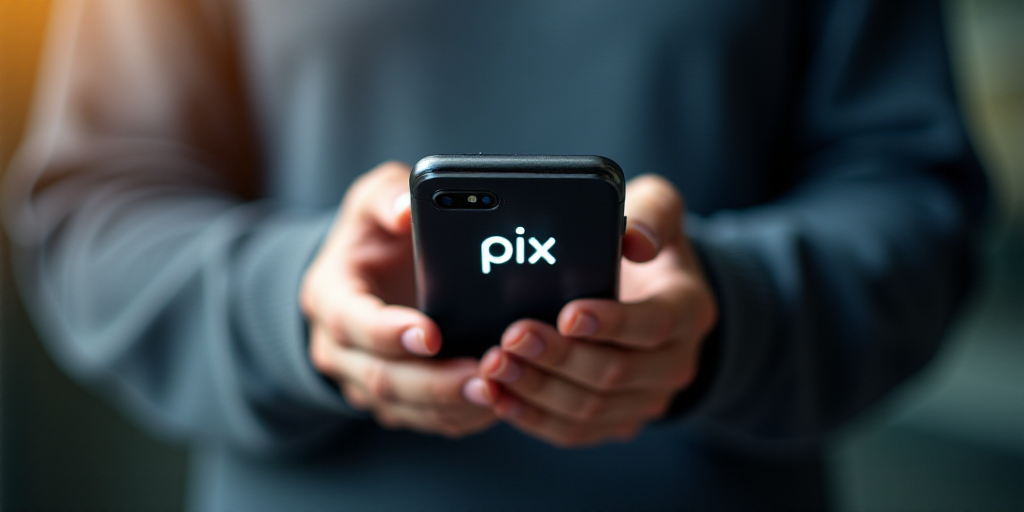Background on Pix in Brazil
In 2020, Brazil introduced Pix, a digital instant payment system backed by the country’s central bank and private financial entities. Five years later, Pix has achieved near-universal adoption, significantly reducing cash usage in Brazil.
According to Nu, a leading financial technology company, Pix now has nearly 100% penetration, with Nu playing a significant role in its success.
Bre-B: Colombia’s Attempt to Replicate Pix
Colombia aims to replicate this success with Bre-B, a recently launched platform in the South American country (also using QR code reading). Nu is participating due to its presence in this market.
Operated by the Colombian central bank since July, Bre-B has started to gain traction in the country since September. It enables immediate, free, and secure transfers between users of different entities, contributing to the reduction of cash usage (currently around 70% of the population transacts with cash).
“Nu has prepared for Bre-B’s arrival, leveraging its strong experience in Brazil, especially in implementing and leading Pix,” the institution stated.
Nubank’s Role in Pix
Nubank, a key player in Pix, processes over 2 billion transactions per month.
Today, Nu has nearly 123 million customers across its three operating countries, with Brazil being the primary market. In Mexico, there are 12 million customers.
Roberto Campos, Nubank’s Global Public Policy Vice President and Director, commented on the rapid adoption of Bre-B in Colombia during the Latam Fintech Market.
“While Bre-B and Pix are not identical, Colombia’s adoption will also be very rapid. The key is usability; it must be user-friendly and not require too many steps.”
Collaborative Efforts in Colombia
The effort to implement Bre-B involves the Colombian central bank, banks, and other institutions like fintechs.
At the recent Latam Fintech Market in Barranquilla, Colombia Fintech unveiled its 2026-2030 roadmap, proposing a “regulatory tsunami” for the sector involving various players.
One cross-cutting proposal in this document is “Liberalization of Money: From Complexity to Bre-B, Immediate Payments for All,” which includes suggestions such as enabling strategic use cases for Bre-B like government-to-person, government-to-business, and business-to-business payments.
Mexico’s CoDi: A Slower Start
Despite Mexico launching a similar platform, CoDi (instant electronic payments via QR code reading), by the Banco de México (Banxico) in 2019, it has not met initial expectations.
Mexico’s President Claudia Sheinbaum recently questioned some banks’ reluctance to promote this electronic payment method, aiming to reduce cash usage.
In nearly six years of operation, CoDi has registered 21.8 million validated accounts and facilitated only 17.8 million transactions worth 16,720 million pesos.






